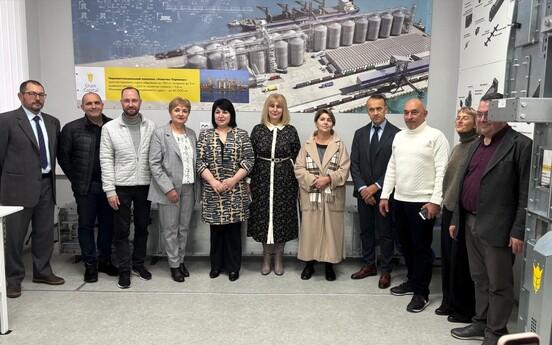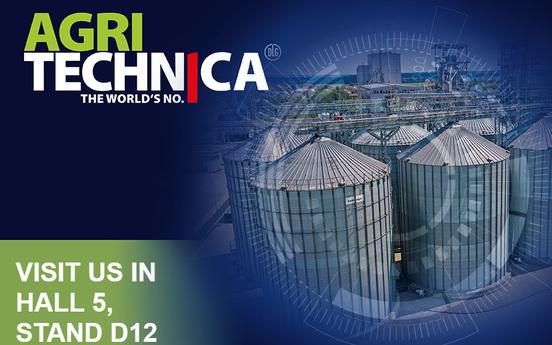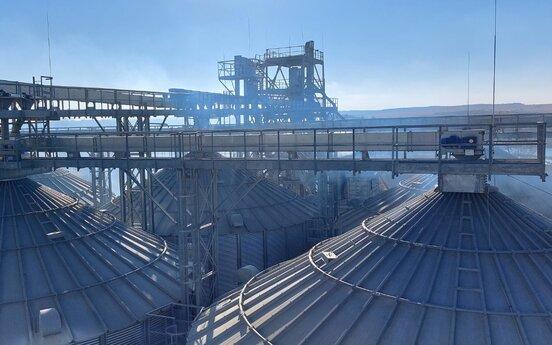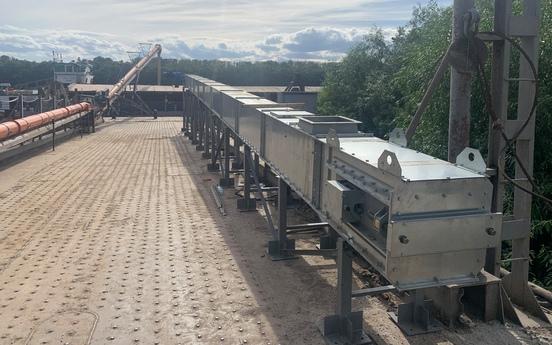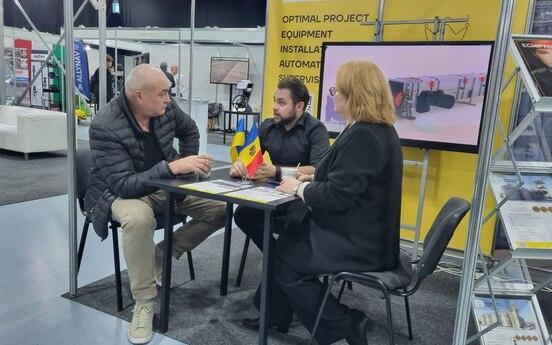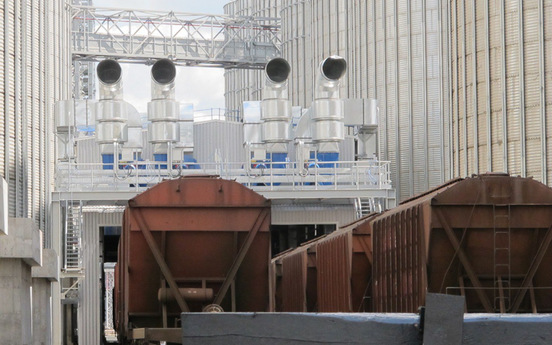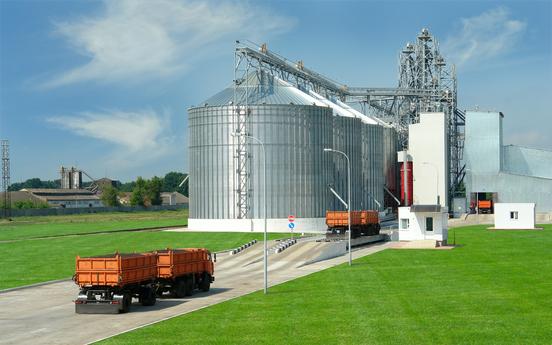Selection of filtering equipment for aspiration of grain processing complex
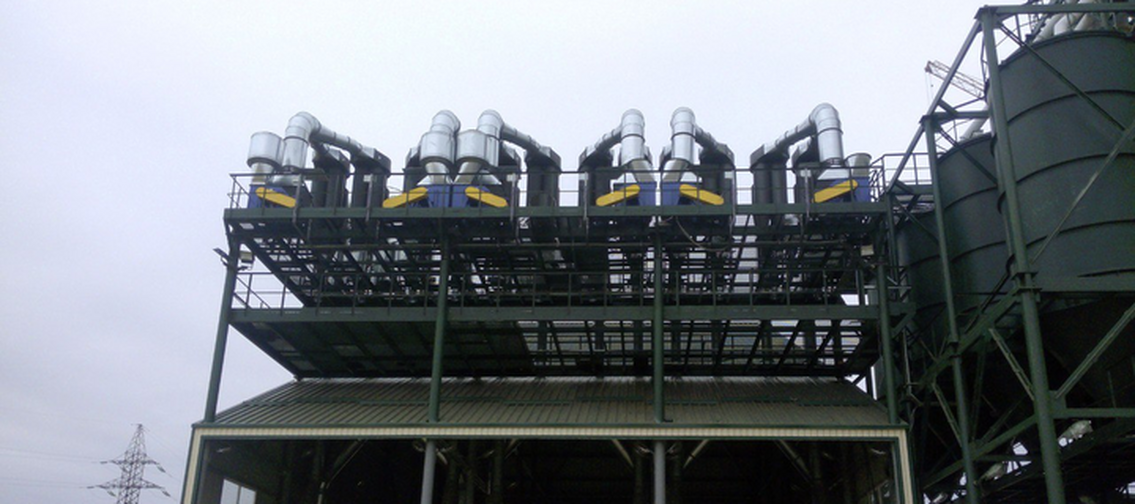
Elevator and grain processing facilities operate in conditions of constant dust emission. Without a high-quality aspiration system, the risks of explosive concentrations, premature equipment wear and tear, and violations of sanitary standards increase significantly. Therefore, the right choice of filtration system becomes critical for stable operation and efficiency. This article contains practical advice from Grain Capital: we analyze the main mistakes, selection criteria, and important nuances.
Why does an elevator need an efficient aspiration system?
Aspiration ensures that the air is cleaned of dust generated during grain transportation, drying, and handling. An explosion of grain dust can have catastrophic consequences, so an air filtration system at an elevator is not an option, but a safety requirement. Additionally, an aspiration filter reduces the concentration of fine particles, which extends the service life of elevators, conveyors and dryers.
How to choose a dust filter for an elevator?
Determine your needs
The first step is to determine the volume to be cleaned. To do this, use the following formula:
Q=v×A
where Q is the flow (m³/h), v is the velocity in the duct (m/s), and A is the cross-sectional area (m²). For highways in grain processing, it is optimal to take 18-22 m/s. Next, a safety factor (1.1-1.3) is taken into account to select the air purification filter capacity based on peak loads.
The choice of filter also depends on the type and concentration of dust, as well as whether the system operates continuously or cyclically. This approach allows you to choose the right air filtration system that will provide effective dust removal. After that, it is time to assess the supplier's technical capabilities and options for adapting the equipment to the needs of the elevator.
Assess the supplier's technical capabilities
What equipment you need for filtration depends on your process. A reliable manufacturer can adapt the aspiration equipment to the specifics of the enterprise: change the height of the installation, add explosion protection, and ensure the required level of vacuum for regeneration. If the supplier offers only a basic air filter without modification options, this limits the prospects for scaling and modernization.
Choose the right solution for your elevator
There are different types of filters on the market: bag filters, cartridge filters, and cyclone filters. Bag filters for air purification are suitable for large volumes and fine dust. Cartridge filters take up less space and are convenient for localized areas. Cyclone industrial filters are effective for preliminary separation of large fractions. The right solution often lies in a combination: an aspiration filter at the loading point and a centralized air purification system for the main production lines.
Consider space and installation
Large, centralized industrial air filters require a system of ducts, valves and airlock feeders. If space is limited, it is worth using local air filters that are mounted directly on the equipment.
For the proper design and implementation of such systems, you will definitely need a specialist aspiration system designer. Designing is necessary to eliminate such issues as: improper selection of equipment, overuse of materials, mutual intersection of various communications; quantitative and qualitative assessment of the necessary equipment and materials; assessment of the cost of implementing the planned facility.
Estimate total costs
You should compare not only the purchase price of the filtering equipment, but also the cost of operation. This includes the cost of replacing hoses or cartridges, energy consumption, and maintenance downtime. The right air purification filter can last 2-3 times longer than its cheap counterparts.
Check the quality of service
The quality of service directly affects production safety. The supplier must guarantee the availability of spare parts, service engineers, and the ability to quickly visit the facility. For elevators, downtime during the peak season is unacceptable, so service support is often more important than the price of the filter itself.
Regulatory requirements and standards for air filtration systems at elevators
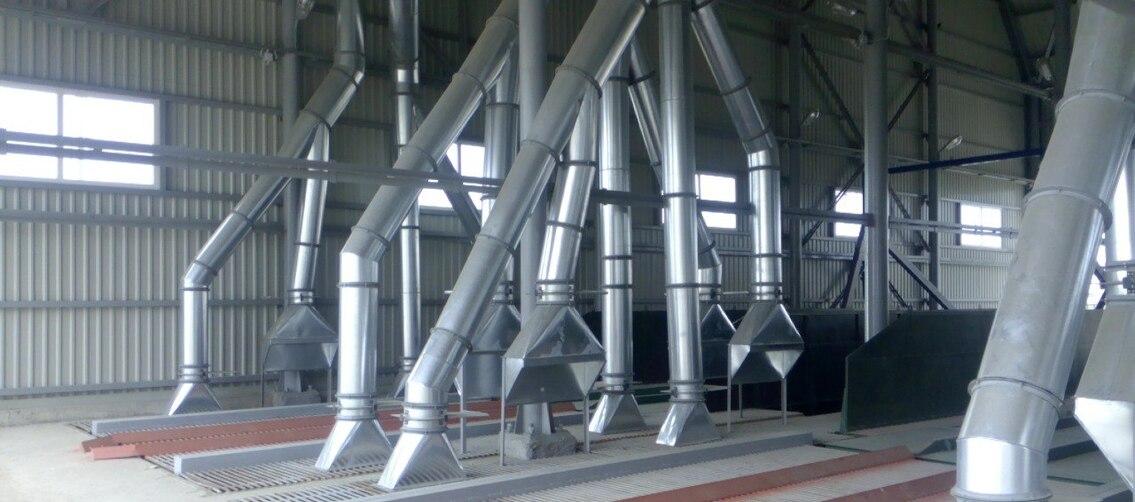
In Ukraine, the quality of the environment in the workplace is regulated by the Order of the Ministry of Health No. 1596 of 07/14/2020. The cleaning system must comply with the sanitary standards of Ukraine, which limit the dust concentration in the work area to 4 mg/m³. Exceeding this figure is recorded during scheduled inspections by the State Labor Service and results in fines and an order to stop production processes.
EU standards apply to companies that supply grain or processed products for export. The European Union is guided by Directive 2004/37/EC and the recommendations of the European Agency for Safety and Health at Work, where the limits of permissible dust concentration are stricter – on average, 2-3 mg/m³ for the respirable fraction. Therefore, industrial cleaning filters installed at elevators must provide filtration at a level of at least 99% efficiency.
Certificates of conformity are required for aspiration equipment:
- CE (Conformité Européenne) – for export to EU countries;
- ISO 16890 – classification of the efficiency of filters for cleaning;
- ATEX (Directive 2014/34/EU) – explosion protection of equipment operating in dusty environments.
Conclusion
Choosing the right filtration system for an elevator is a combination of analyzing your own needs, assessing the supplier's technical capabilities, and meeting regulatory requirements. Aspiration in grain processing is an investment that gives a long-term effect by saving resources, extending the service life of equipment and meeting European standards.
